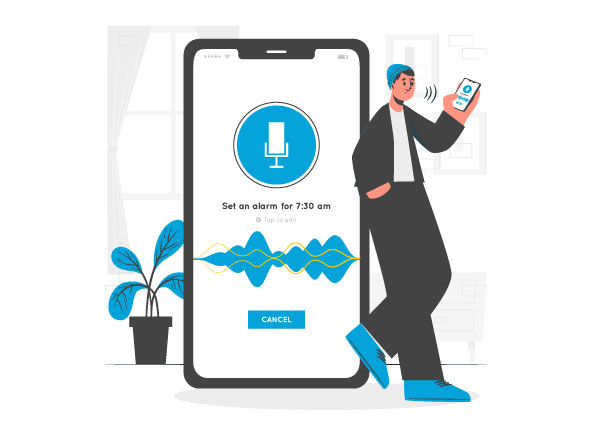The direct-to-consumer (D2C) business model has rapidly gained popularity, transforming the landscape of retail and how brands connect with their customers. This article delves into the fundamentals of D2C, its benefits, challenges, and notable examples that illustrate its impact on the market.
Understanding Direct-to-Consumer (D2C)

Direct-to-consumer (D2C) refers to a retail strategy where brands sell their products straight to consumers without relying on intermediaries like wholesalers or traditional retailers. This model empowers brands to control the entire customer journey—from marketing and sales to fulfillment—allowing for a more personalized shopping experience.
While many D2C brands operate online through their e-commerce sites, some also maintain physical retail locations to enhance customer interaction.
Key Characteristics Of D2C Brands
- Enhanced Customer Experience: D2C brands have direct oversight of their inventory and distribution processes, enabling them to provide a tailored shopping experience. This direct connection allows them to gather insights about consumer preferences and behaviors.
- Cost Savings: By cutting out middlemen, D2C brands can lower costs associated with retail markups and distribution fees. These savings can be redirected toward product development or passed on to customers at lower prices.
- Targeted Marketing Strategies: D2C brands frequently utilize data analytics to create highly targeted marketing campaigns that appeal to specific demographics, enhancing customer engagement and driving sales.
Perks Of The D2C Model
- Greater Revenue Retention: Direct-to-consumer brands benefit from higher profit margins by bypassing intermediaries.
- Stronger Customer Relationships: Direct interactions with customers help build brand loyalty and encourage repeat purchases.
- Agility In Operations: D2C brands can swiftly adjust their marketing tactics and product offerings based on immediate consumer feedback.
Challenges For D2C Brands
- Intense Competition: D2C brands often face stiff competition from established retailers like Amazon and Walmart, which can offer extensive product ranges and faster shipping options.
- Logistical Hurdles: Managing logistics, including order fulfillment, shipping, and customer service, can be complex for D2C brands as they take on responsibilities typically handled by larger retailers.
- Marketing Investment: While direct marketing can yield high returns, it often requires significant investment in advertising to reach target audiences effectively.
Real-time Examples Of D2C Brands
Several companies have successfully adopted the D2C model, disrupting traditional retail sectors
- Dollar Shave Club: This subscription-based service delivers shaving products directly to consumers, emphasizing affordability and convenience.
- Warby Parker: Renowned for its innovative approach to eyewear, Warby Parker allows customers to try on glasses at home before making a purchase decision.
- Casper: This mattress company simplifies the buying process by offering high-quality mattresses shipped directly to consumers’ homes.
Conclusion
- The advent of direct-to-consumer brands reflects a substantial shift in the retail sector. By eliminating traditional distribution channels, D2C companies create unique shopping experiences that foster customer loyalty while maintaining control over their brand narratives.
- As consumer preferences increasingly lean toward convenience and personalization, the D2C model is expected to continue its upward trajectory across various sectors. Acquiring knowledge of this model is pivotal for firms that aspire to succeed in the increasingly competitive market.

